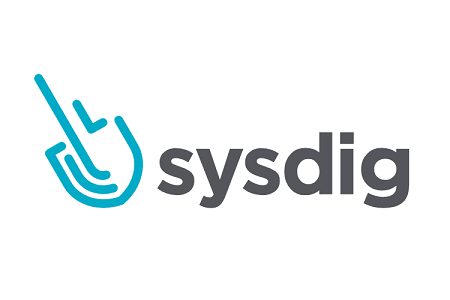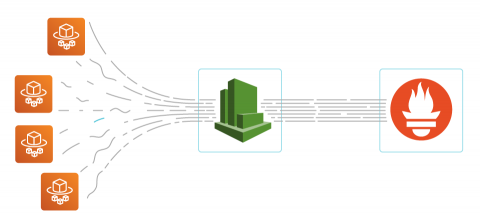Top 4 must-monitor API Gateway metrics
Marc Andreessen famously said, “Software is eating the world.” Dr. Steve Willmott subsequently retorted, “APIs are eating software.” This is because API based architectures are enabling companies to get away from monolithic architectures and move to microservices. Innovative, disruptive companies like Netflix, Airbnb, Uber, Square, and Slack all build their infrastructure and technology using APIs.











